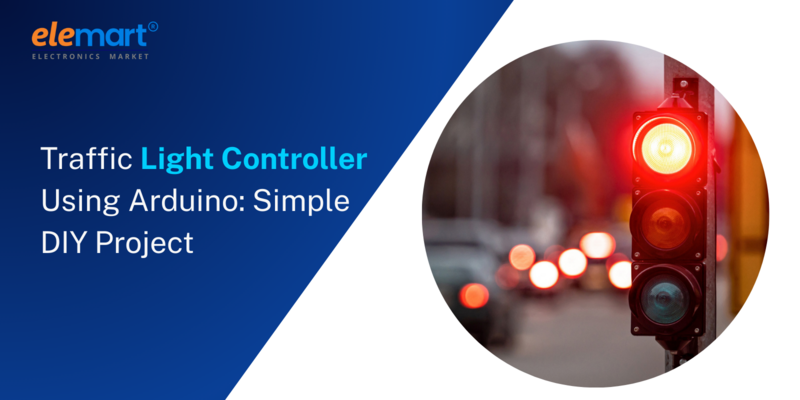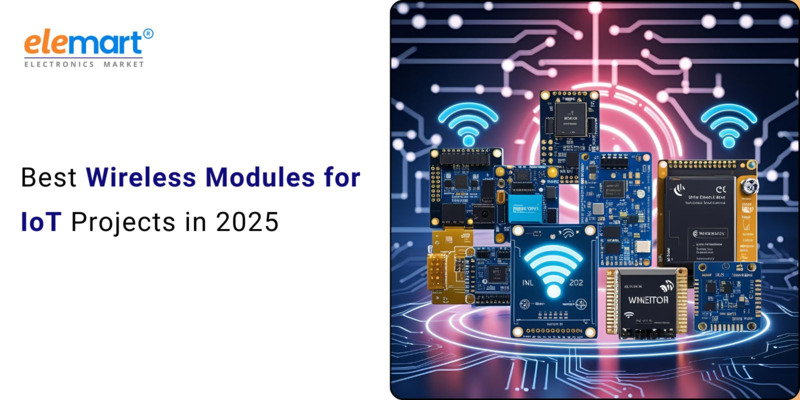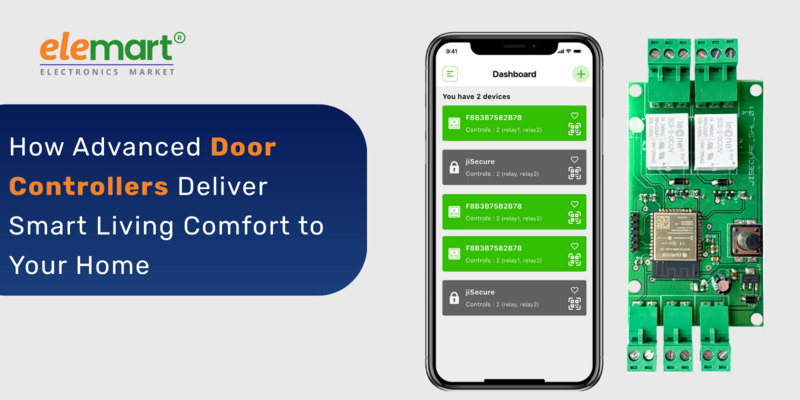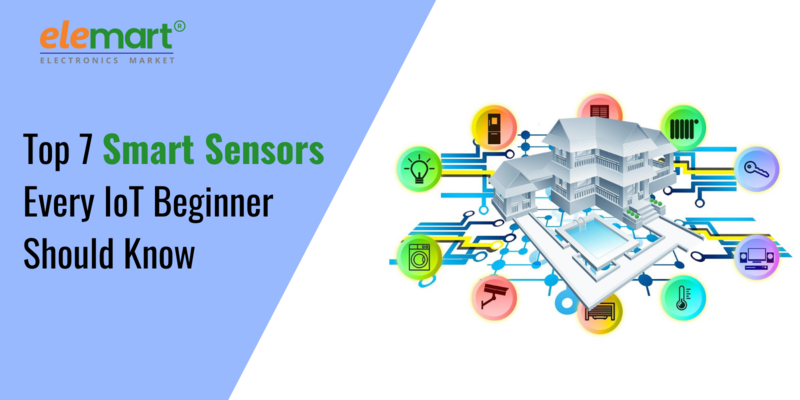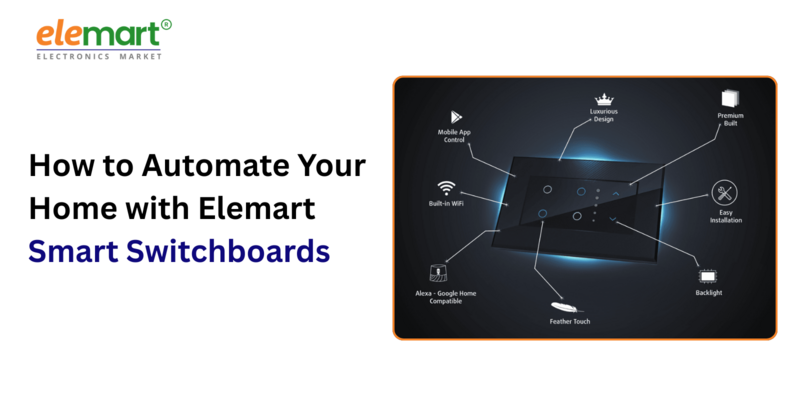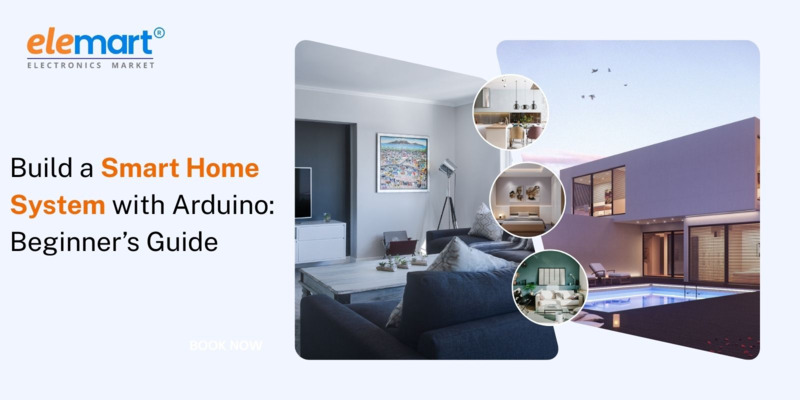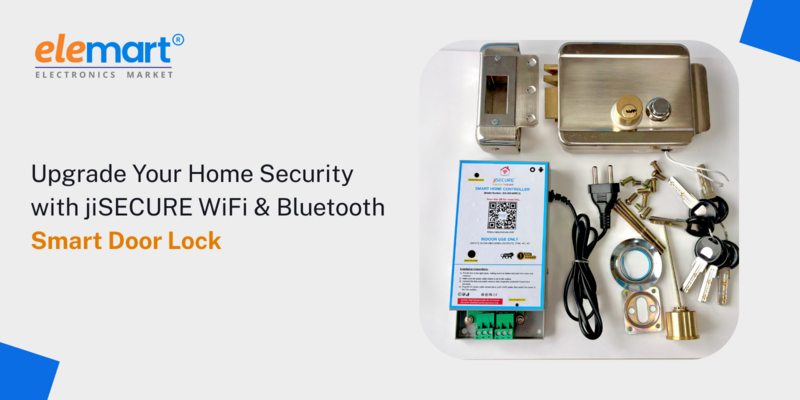- Jun 09, 2025
- Smart Home
- 332
Share this post on:
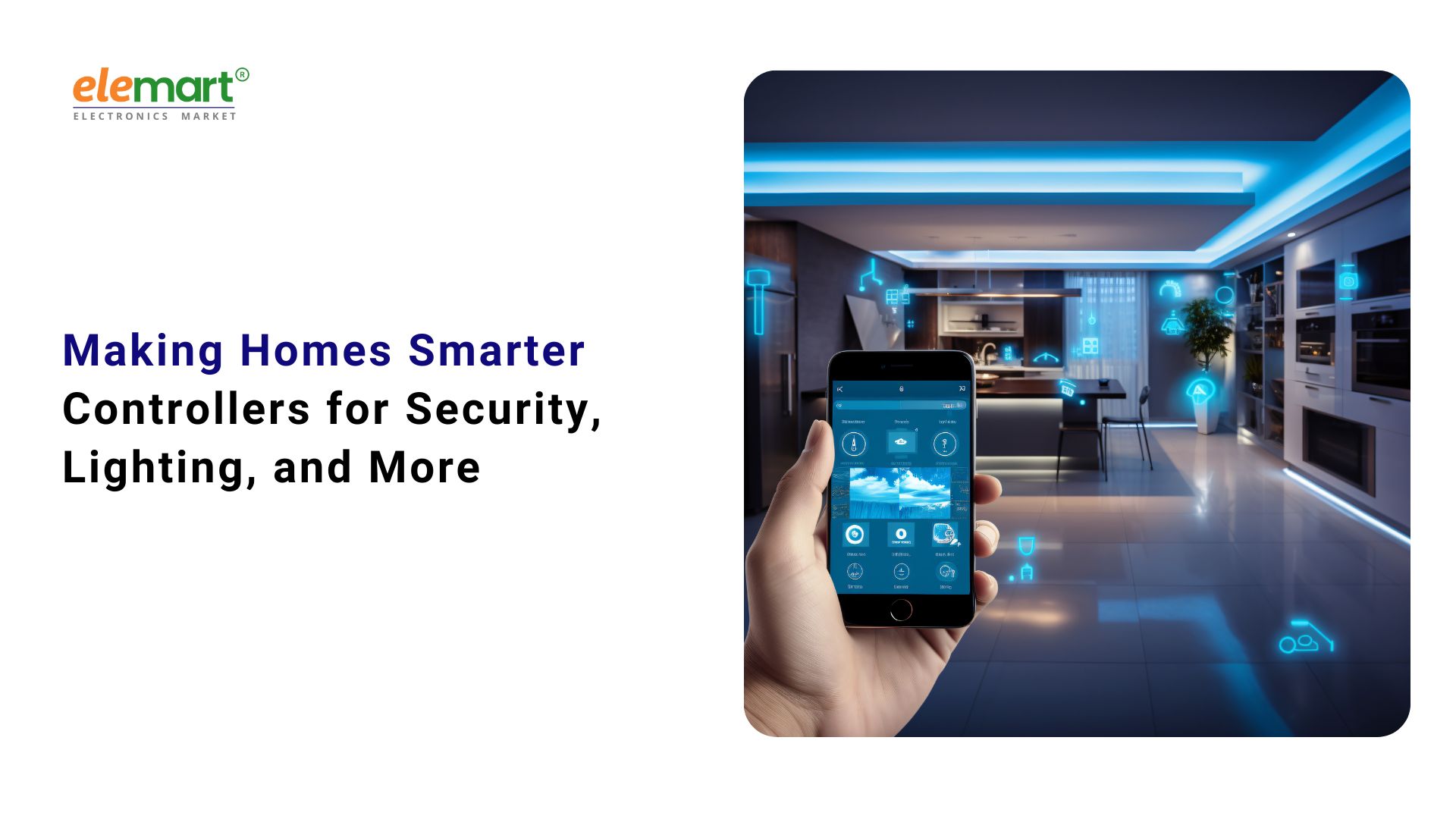
The promise of a truly "smart" home – one that anticipates your needs, enhances security, and simplifies daily tasks – has moved from science fiction to a tangible reality. But creating that smart home isn't just about buying a bunch of cool gadgets. It’s about connecting them, automating their behavior, and having a central hub to control everything. That’s where smart home controllers come in. This post will break down what these controllers are, the different types available, and how they can transform your home into a haven of automation and convenience.
What is a Smart Home Controller?
At its core, a smart home controller is the brain of your smart home ecosystem. It’s a device that connects to and manages all your smart devices – lights, thermostats, security systems, door locks, entertainment systems, and more. Instead of juggling multiple apps and interfaces, a controller provides a unified platform for control and automation. Think of it as a remote control for your entire house.
Beyond simple control, smart home controllers facilitate automation. This means setting up routines – "scenes" – that trigger actions based on schedules, sensor readings, or even voice commands. For example, you could program your home to automatically turn on the lights, adjust the thermostat, and play your favorite music when you arrive home from work.
Why Do You Need a Smart Home Controller?
While many smart devices can function independently, a controller offers significant advantages:
- Centralized Control: Manage all your devices from a single interface, eliminating the confusion of multiple apps.
- Automation & Scenes: Create custom routines to automate tasks and simplify daily life.
- Improved Security: Integrate and manage your security system with ease, receive alerts, and control access remotely.
- Voice Control Integration: Many controllers are compatible with voice assistants like Amazon Alexa, Google Assistant, and Apple Siri, allowing hands-free control.
- Scalability: Easily add new smart devices to your system as your needs evolve.
- Energy Savings: Optimize energy usage by automating lighting, heating, and cooling based on occupancy and preferences.
Types of Smart Home Controllers
Not all smart home controllers are created equal. Here’s a breakdown of the main categories:
- Hub-Based Controllers: These are physical devices that act as a central hub for your smart home network. They use various communication protocols (more on that below) to connect and control your devices.
- Pros: Generally more robust, can handle a larger number of devices, often offer advanced features.
- Cons: Requires a physical device, can be more expensive upfront.
- Examples: Samsung SmartThings Hub, Hubitat Elevation, Wink Hub (though Wink has faced challenges).
- Software-Based Controllers (Cloud-Based Platforms): These are platforms accessed through an app on your smartphone or tablet. They typically rely on cloud servers to manage your devices.
- Pros: Easy to set up, often free or low-cost, accessible from anywhere with an internet connection.
- Cons: Dependence on internet connectivity, potential privacy concerns regarding data stored in the cloud, can be less responsive than hub-based systems.
- Examples: Apple HomeKit (requires an Apple device as a hub), Google Home, Amazon Alexa (can function as a controller as well as a voice assistant).
- Voice Assistant-Based Controllers: While primarily voice assistants, devices like Amazon Echo and Google Nest can also act as controllers. They integrate with various smart devices and allow for voice-controlled automation.
- Pros: Hands-free control, easy to use, increasingly integrated with other smart home platforms.
- Cons: Limited functionality compared to dedicated controllers, privacy concerns related to voice recording.
Communication Protocols: Understanding the Language of Smart Homes
Smart devices communicate with each other using different "languages" – communication protocols. Understanding these is crucial when choosing a controller, as it determines which devices it can work with:
- Wi-Fi: The most common protocol, uses your existing home Wi-Fi network. Simple to set up, but can strain your Wi-Fi bandwidth with numerous devices.
- Zigbee: A low-power, mesh network protocol ideal for devices like lights, sensors, and locks. Offers better range and reliability than Wi-Fi. Requires a Zigbee hub.
- Z-Wave: Another low-power mesh network protocol similar to Zigbee. Known for its robust security and reliability. Requires a Z-Wave hub.
- Bluetooth: Used for short-range communication, often used for devices like smart locks and speakers.
- Thread: A newer, low-power mesh network protocol gaining popularity, designed for smart home devices and interoperability. Many new devices are adopting this.
Choosing the Right Controller: Key Considerations
Selecting the best smart home controller involves careful consideration of your needs and priorities:
- Device Compatibility: Ensure the controller supports the communication protocols used by your existing and planned smart devices. A comprehensive list of compatible devices is usually available on the controller manufacturer's website.
- Ease of Use: Consider your technical skills and choose a controller with an interface you find intuitive.
- Features: Evaluate the features offered by different controllers, such as support for geo-fencing, voice control, and remote access.
- Security: Research the security measures implemented by the controller manufacturer to protect your data and privacy. Look for things like two-factor authentication and encrypted communication.
- Scalability: Choose a controller that can accommodate your growing smart home ecosystem.
- Price: Compare the prices of different controllers and factor in the cost of any required hubs or accessories.
- Ecosystem Preference: If you're heavily invested in a particular ecosystem (Apple, Google, Amazon), choosing a controller that integrates seamlessly can be beneficial.
Smart Home Controller Use Cases: Beyond the Basics
Here are a few examples of how smart home controllers can enhance your life:
- Vacation Mode: Automatically control lights, thermostat, and security system to simulate occupancy while you're away.
- Morning Routine: Automatically turn on lights, brew coffee, and play your favorite music when you wake up.
- Evening Routine: Dim lights, lock doors, and arm the security system with a single command.
- Energy Savings: Automatically adjust thermostat and lighting based on occupancy and time of day.
- Enhanced Security: Receive instant alerts if doors or windows are opened unexpectedly and remotely view security camera footage.
- Adaptive Lighting: Adjust lighting based on time of day and natural light conditions.
The Future of Smart Home Controllers
The smart home controller landscape is constantly evolving. We can expect to see:
- Increased Interoperability: More devices and platforms will adopt open standards, making it easier to connect and control devices from different manufacturers. Matter (formerly Project CHIP) is a key initiative driving this.
- AI Integration: Controllers will leverage artificial intelligence to learn user preferences and automate tasks more intelligently.
- Edge Computing: Processing data locally on the controller will reduce reliance on cloud servers and improve response times.
- More Seamless Voice Control: Voice assistants will become even more integrated with smart home systems.
Conclusion
A smart home controller is more than just a gadget – it's the key to unlocking the full potential of your smart home. By centralizing control, enabling automation, and enhancing security, these devices can transform your living space into a more convenient, efficient, and enjoyable environment. Take the time to research your options, understand the communication protocols, and choose a controller that aligns with your needs and budget. Your journey towards a truly smart home starts here.
